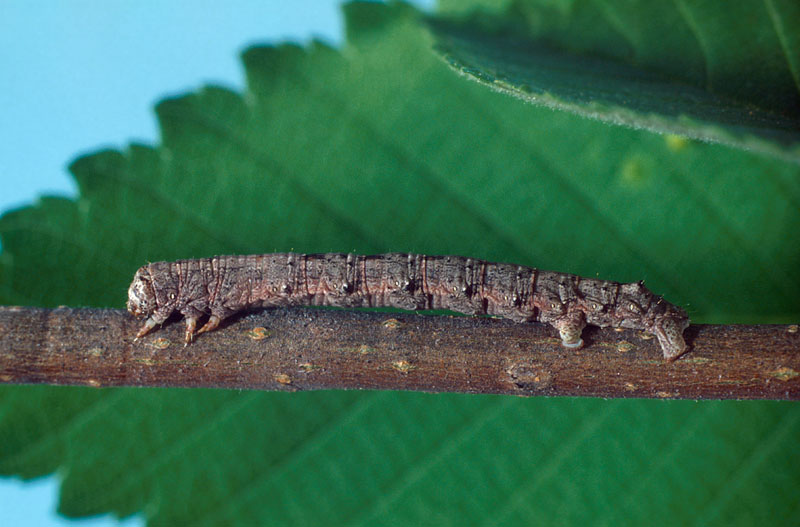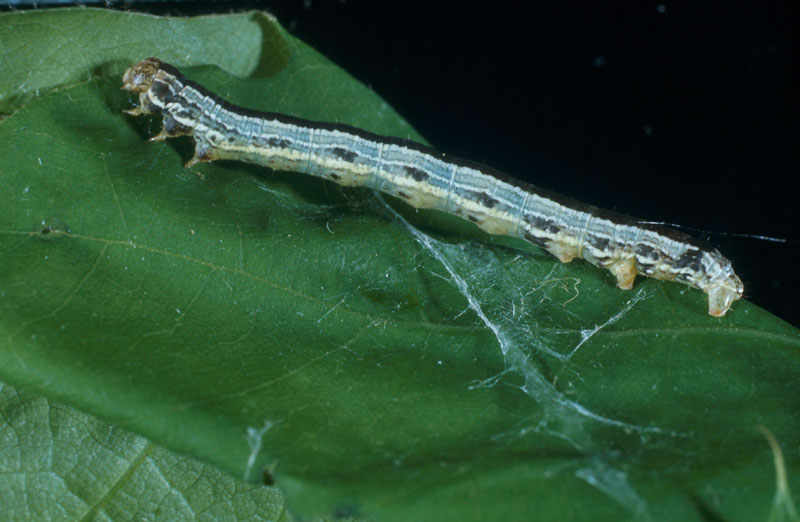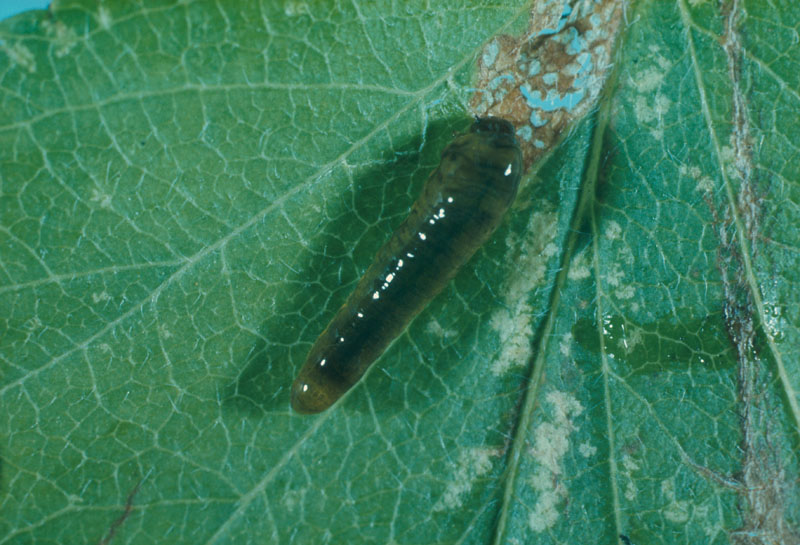Insects and Disease
Ashflower Gall: In the American Mountain Ash, most gulls are caused by extremely tiny mites. The mites insert their mouth part into the leaf or flower tissue and then proceeds to suck out all of the plant juices. While the mite is sucking out the plant juices, it injects a growth-promoting substance into the leaf or flower tissue. This results in the formation of swellings, or gulls. It is thought that the formation of gulls reduces the ability of leaves to produce foods and thus weakens the American Mountain Ash tree. (Natural Resources Canada, 2009.)
Asian Longhorned Beetle: Adults are generally active
from early- summer to mid- fall and usually feed on the bark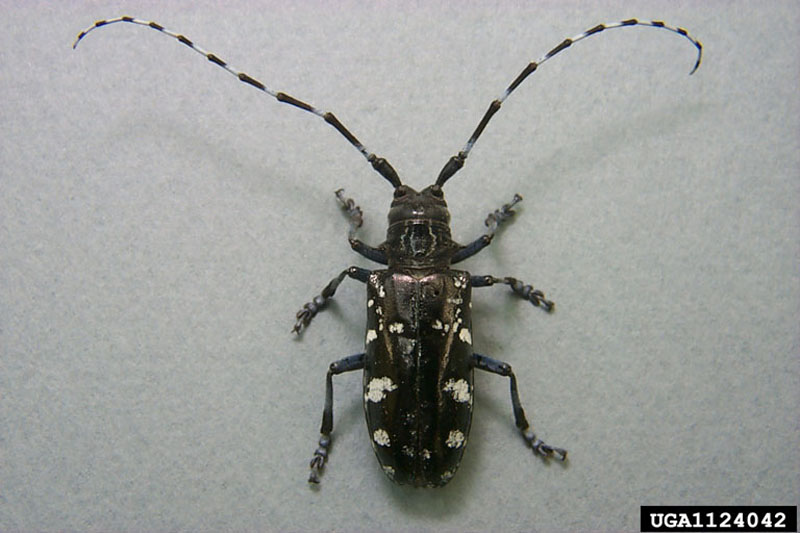 of twigs. They
are found mostly active on sunny days and rest on cloudy days. The wounds
occur on the branches, trunk or exposed roots. When the females are getting
ready to lay their egg, they chew oval grooves in the bark , which they then
lay the egg in. Each female lives approximately 40 days and lays on average
25-40 eggs in that time. The eggs hatch in one-two weeks from the time it
was laid. Once the young larvae have developed, they begin feeding on the
phloem tissue of the American Mountain Ash tree. As they grow, they eat
into the wood creating tunnels. This generally results in tree dieback or
death. (Natural Resources Canada, 2009.)
of twigs. They
are found mostly active on sunny days and rest on cloudy days. The wounds
occur on the branches, trunk or exposed roots. When the females are getting
ready to lay their egg, they chew oval grooves in the bark , which they then
lay the egg in. Each female lives approximately 40 days and lays on average
25-40 eggs in that time. The eggs hatch in one-two weeks from the time it
was laid. Once the young larvae have developed, they begin feeding on the
phloem tissue of the American Mountain Ash tree. As they grow, they eat
into the wood creating tunnels. This generally results in tree dieback or
death. (Natural Resources Canada, 2009.)
Fall and Spring Cankerworm: Fall cankerworms usually begin damage to the American Mountain Ash tree in late May by chewing small holes in the leaves. These holes continue to enlarge until the leaf veins and midribs only remain. Three or more years of severe defoliation may cause many of the branches to die, affecting tree appearance, or eventually death of the tree. Some years, when the fall cankerworm populations are so large, starving larvae will drop down on silken threads searching for food. These larvae can become troublesome to people outdoors. (Natural Resources Canada, 2009.)
Above: Spring Cankerworm Above: Fall Cankerworm
Pear Sawfly (Pear Slug): The adult pear sawflies are small, black insects that lay their eggs on the lower surface of the American Mountain Ash leaves. The larvae hatch in about 9 to 15 days. They then migrate to the upper leaf surface to feed. These pear sawflies leave yellow spots on the foliage they feed from. The affected areas on the leaves generally enlarge until the entire leaf looks bleached. This may result in the foliage dropping prematurely. Due to this damage of the pear sawfly taking place at the end of the growing season, healthy trees can make it through a few years of moderate attack from the pear sawflies. (Natural Resources Canada, 2009.)
Above: Pear Slug larva on leaf
Fire Blight: This is one of the most destructive
diseases of American Mountain Ash in North America. Blossoms that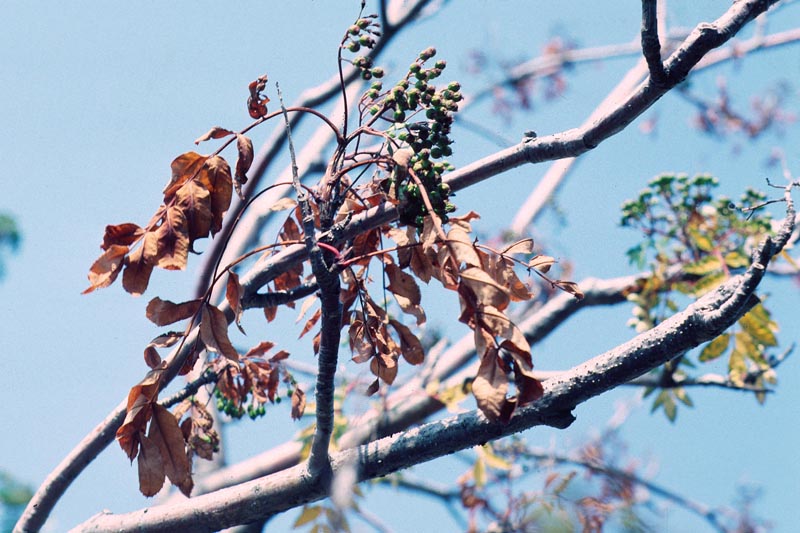 are
infected generally turn brown and wilt. The twigs and leaves also turn
brown and look as if they have been scorched by fire. When the berries
become infected they become oily in appearance and drip clear, milky or
amber colored ooze. Later, they turn dark brown in color and become
leathery. When the infection begins to advance, the bark becomes reddish
and water-soaked, eventually turning black and cracking. This generally
results in the death of the tree. (Natural Resources Canada, 2009.)
are
infected generally turn brown and wilt. The twigs and leaves also turn
brown and look as if they have been scorched by fire. When the berries
become infected they become oily in appearance and drip clear, milky or
amber colored ooze. Later, they turn dark brown in color and become
leathery. When the infection begins to advance, the bark becomes reddish
and water-soaked, eventually turning black and cracking. This generally
results in the death of the tree. (Natural Resources Canada, 2009.)
<< Back to REPRODUCTION Continue on to INTERACTIONS >>
Back to HOME
